St. Salvator's Cathedral
St. Salvator's Cathedral (Dutch: Sint-Salvatorskathedraal), also known as the Cathedral of the Saviour and St. Donat, is the Roman Catholic cathedral of Bruges, Belgium. The cathedral is dedicated to the Verrezen Zaligmaker (Dutch, 'risen saviour', cf. Latin salvator, 'saviour') and Saint-Donatius of Reims.
St. Salvator, the main church of the city, is one of the few buildings in Bruges that have survived the onslaught of the ages without damage. Nevertheless, it has undergone some changes and renovations. This church was not originally built to be a cathedral; it was granted this status in the 19th century. Since the 10th century St. Salvator was a common parish church. At that time the Sint-Donaaskathedraal (St. Donatian's Cathedral), which was located at the very heart of Bruges, opposite the City Hall, was the central religious building of the city. In 1116, a new fire destroyed the building, and in 1127, the construction of a new larger church began in Romanesque style. In 1250, the construction of the present church was undertaken, which lasted for about a century. At the end of the 18th century, the French occupiers of Bruges threw out the bishop of Bruges and destroyed the Sint-Donaaskathedraal, which was his residence.[1]
In 1834, shortly after Belgium's independence in 1830, a new bishop was installed in Bruges and St. Salvator's Church obtained the status of cathedral. However, the building's external image did not resemble a cathedral. It was much smaller and less imposing than the nearby Church of Our Lady and had to be adapted to its new role. Building a higher and more impressive tower was one of the viable options.[2]
The roof of the cathedral collapsed in a fire in 1839. Robert Chantrell, an English architect, famous for his neo-Gothic restorations of English churches, was asked to restore St. Salvator to its former glory. At the same time, he was commissionned a project for a higher tower, in order to make it taller than that of Church of Our Lady. The oldest surviving part, dating from the 12th century, formed the base of the mighty tower. Instead of adding a neo-Gothic part to the tower, Chantrell chose a very personal Romanesque design. After completion there was a lot of criticism, and the Royal Commission for Monuments (Koninklijke Commissie voor Monumenten), without Chantrell's authorization, placed a small peak on top of the tower, because the original design was deemed too flat. The fortress-like neo-Romanesque west tower is 99 meters high.[3]
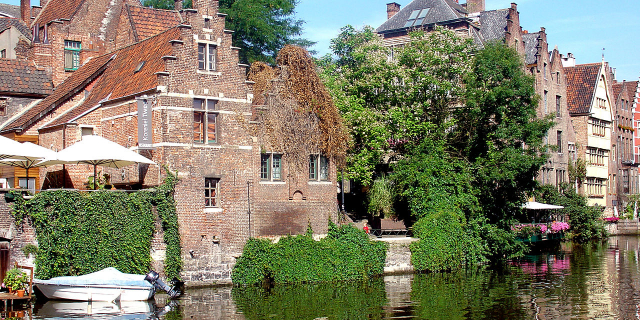



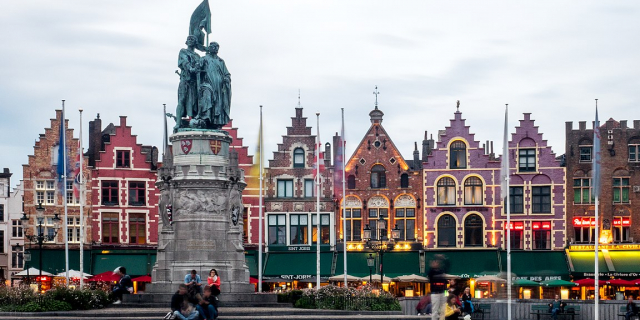






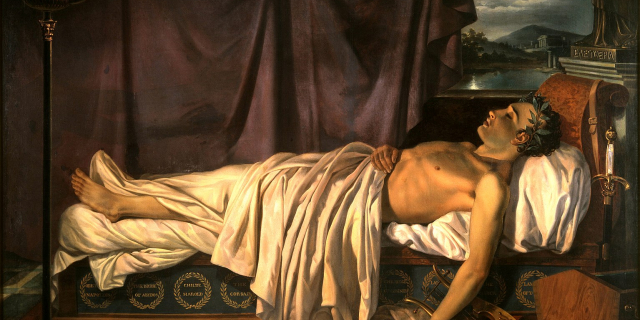

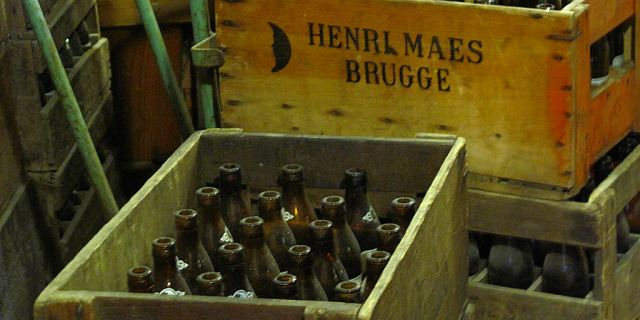
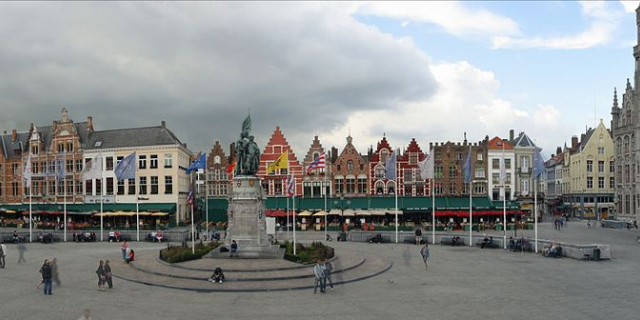


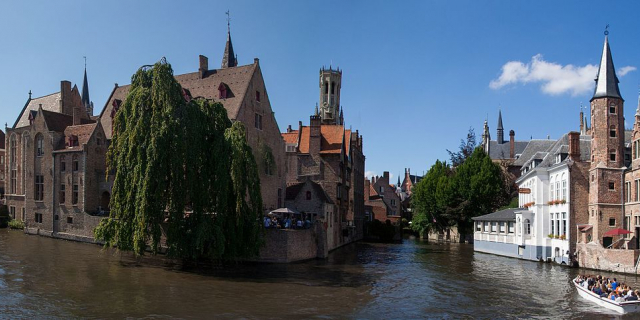

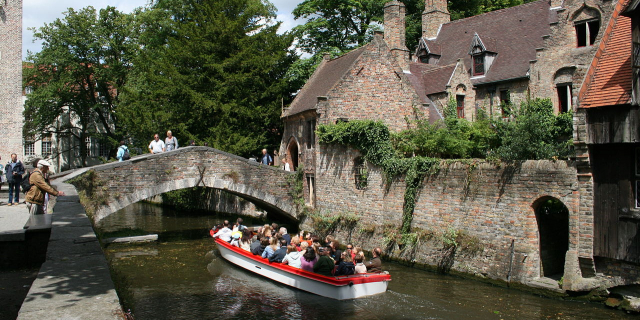







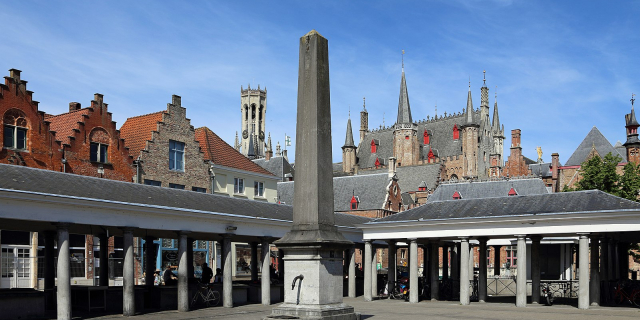




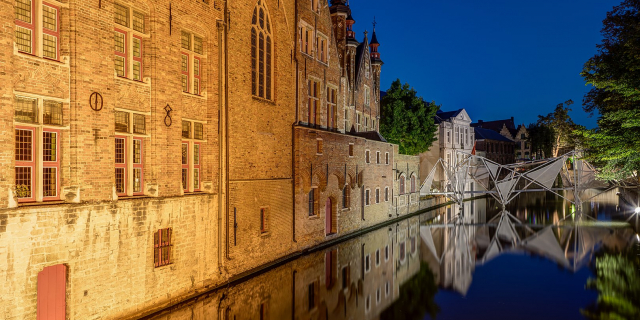
Add new comment